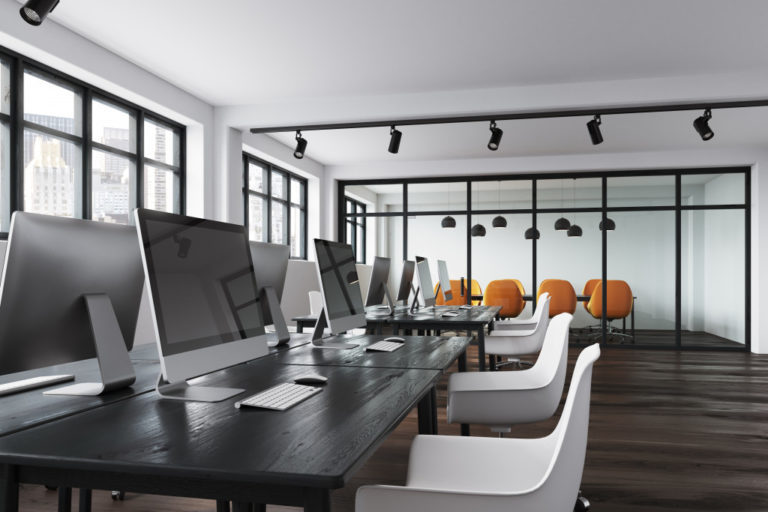Remote work is coming to a close in 2021 for a lot of people as offices reopen. Employees are dusting their corporate clothes and getting ready to resume their old work momentum. When you finally open your doors to them, however, are you sure that they’ll still like what they find?
Over the course of the pandemic, people have been researching ways to make their home environment more conducive for productive work. If you haven’t done your research on how this applies to your workplace, then you might find your team struggling to produce quality output the way they used to. This is why changes are a must, and you can start with these five practical design tips to launch your refurbishment in the right direction.
Start with the Layout
It’s important to start with the layout because it will determine the overall traffic flow inside the office. It also has a direct impact on how well your employees’ needs and working styles are met. Moreover, you have to consider the health protocols that may need to be observed long-term, even after the pandemic. You employees may feel more secure reverting to the traditional office cubicles, as they allow for more privacy and therefore reduced contact compared to the open floor layout.
Perhaps cubicles go against your culture of free-thinking and collaboration, so to compensate, you instead put up transparent barriers so that they can still feel safe interacting with their colleagues.
Your new layout ultimately depends on your goals, personalities, and the nature of your operations. A trial-and-error phase might be necessary, but it’s fine as long as you discover the layout that truly works for your employees.
Indulge in More Natural Light
Natural light benefits not only your employees’ productivity but also their safety and mental health. If your office in Utah doesn’t give you much opportunity to indulge in daylight, you might want to consider looking for windows. Research after research shows that increased exposure to natural light improves employees’ overall performance and attitude towards their work.
Furthermore, it’s also a good opportunity for you to make your office more sustainable this way. By cutting back on the other light sources you use, you reduce your energy consumption and consequently minimize your company’s carbon footprint.
Create Office Zones

Office zones add variety to your office that will help your employees cope better during the uncertain times brought about by the pandemic. Instead of using up all the space for setting up desks and computers, why not designate areas for meetings, games, and rest? Meeting zones don’t need to be especially big, but they need to be equipped with all the things a team may need to collaborate effectively. Game zones don’t always sound like a pleasing idea to all employers, but they have their benefits. They encourage your staff to spend their breaks within the vicinity and perform activities that don’t involve watching videos on their phones. This may be exactly what they need to re-energize and return to their tasks with fresh verve.
Make Space for Movement
If there’s no space or budget for additional amenities like quiet rooms and game rooms, ensure that there is enough space for people to move and stretch. After all, even the most productive people can suffer from minor burnouts now and then, and the only way to recover is to stand up and move. Through this, you are encouraging them to counter the sedentary lifestyle that usually comes with traditional office work. Giving them the chance to take “mental breaks” and stretch their bodies helps reduce their stress and improve energy levels, making them more productive for the rest of the day.
Keep Everything Organized
Productivity always falls short whenever the workplace is a mess. It takes longer for people to find what they’re looking for, and just seeing the clutter spikes their stress levels. That said, different workplaces and employees benefit from different styles of organization. Yours may be adding the appropriate shelves, while for others, it could be digitizing the majority of their work processes. Whatever it is, make sure that it complements your culture and preferences to make compliance easier for everyone.
Value Feedback
The only real way to know if the changes you’ve implemented are working is to ask for feedback. Be transparent about your intentions to help them boost their productivity and make their return to the office easier. They’ll be more than happy to volunteer their opinion and help you discover strategies that benefit the entire team.




